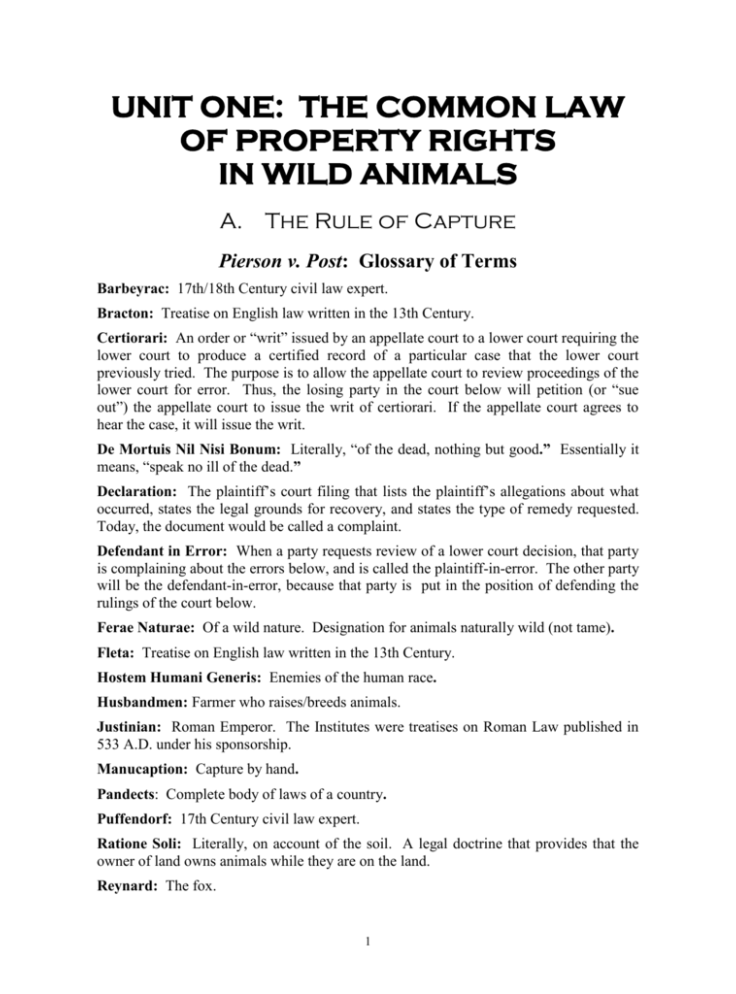Reforming Common Law Property Rights in New York
Common law property rights refer to the legal principles that govern the ownership and use of property based on judicial decisions rather than written statutes. These rights have developed over centuries and shape how property is treated in legal contexts. In simple terms, they dictate who owns what and how that ownership can be transferred, used, or challenged.
Common law property rights can be categorized into two main types:
- Real Property: This includes land and anything permanently attached to it, like buildings.
- Personal Property: This refers to movable items, such as vehicles and furniture.
Understanding these rights is crucial for anyone involved in property transactions, disputes, or legal considerations. It provides a foundation for property law, influencing how individuals can assert their rights over land and personal belongings.
The History of Common Law Property Rights in New York

The evolution of common law property rights in New York traces back to the colonial era, influenced by English law. Initially, property rights were largely based on feudal systems, where land was owned by a few and held by others in exchange for services.
As time progressed, New York adopted several reforms, shaping its unique property laws:
- 1780s: The abolition of primogeniture and entailment allowed for more equitable distribution of property.
- 1846: The introduction of the New York Constitution, establishing basic property rights and protections.
- 20th Century: Further changes were made to address urbanization, land use, and tenant rights.
These historical milestones have laid the groundwork for the current framework of common law property rights in New York, continually evolving to meet the needs of society.
Current Issues with Common Law Property Rights
Despite the historical progress in property rights, several issues persist in New York today. These challenges often create confusion and conflict among property owners, tenants, and lawmakers. Some of the main concerns include:
- Ambiguity in Ownership: Disputes frequently arise over unclear property boundaries and ownership rights, especially in densely populated areas.
- Tenant Rights vs. Landlord Rights: The balance between protecting tenants and ensuring landlords can effectively manage their properties remains contentious.
- Impact of Zoning Laws: Zoning regulations can limit property owners’ rights to use their land as they see fit, leading to frustrations and legal battles.
- Adverse Possession Claims: Issues arise when individuals claim ownership of land they do not legally own, often leading to complex legal disputes.
Addressing these current issues is essential for reforming common law property rights in New York, ensuring fairness and clarity in property ownership and usage.
Proposed Reforms for Common Law Property Rights
As society evolves, so do the needs and expectations surrounding property rights. In New York, several proposed reforms aim to address the shortcomings of the current common law property rights system. These reforms seek to create a fairer, more efficient, and transparent legal framework for all property stakeholders.
Here are some key proposed reforms:
- Clarifying Ownership Rights: Simplifying property title laws can help reduce disputes over ownership and boundaries. This includes creating more accessible public records for property transactions.
- Strengthening Tenant Protections: Proposals include extending lease terms and implementing rent control measures to ensure tenants feel secure in their homes.
- Modernizing Zoning Laws: Updating zoning regulations to allow for more mixed-use developments can enhance property value and improve community living.
- Streamlining Adverse Possession Claims: Implementing clearer guidelines can prevent frivolous claims and protect legitimate property owners from losing their rights.
These reforms aim not only to protect property owners but also to foster a more balanced relationship between landlords and tenants, ultimately benefiting the community as a whole.
Impact of Reforms on Property Owners
The proposed reforms to common law property rights in New York can have significant impacts on property owners, both positive and negative. Understanding these effects can help stakeholders prepare for changes and adapt accordingly.
Here are some potential impacts:
- Increased Security: Enhanced tenant protections may lead to more stable rental income for landlords, as tenants are less likely to be evicted without just cause.
- Higher Property Values: Modernizing zoning laws could lead to increased property values, as properties become more desirable due to improved community planning.
- Greater Legal Clarity: Simplifying property ownership laws can minimize disputes and reduce legal costs for property owners, creating a more predictable environment for investment.
- Potential Loss of Control: Stricter tenant protections might make it more challenging for landlords to evict problematic tenants, leading to potential financial strain.
Overall, while the reforms aim to create a fairer system, property owners must weigh these potential impacts and prepare for the adjustments that may come.
Challenges in Implementing Reforms
Implementing proposed reforms to common law property rights in New York is no easy task. Several challenges can hinder progress and create obstacles for lawmakers and stakeholders alike.
Here are some significant challenges:
- Resistance from Property Owners: Some property owners may oppose reforms that alter their rights, fearing loss of control over their properties or increased costs.
- Political Hurdles: Navigating the political landscape can be difficult, as competing interests and agendas may stall or complicate reform efforts.
- Public Awareness: Many people may not fully understand the proposed changes or their implications, leading to misinformation and resistance from the community.
- Funding and Resources: Implementing reforms may require significant financial and human resources, which can strain budgets and complicate the legislative process.
To overcome these challenges, it is essential for lawmakers to engage in open dialogue with stakeholders, educate the public, and advocate for a balanced approach that addresses the needs of all parties involved.
Case Studies of Property Rights Reform
Examining real-world examples of property rights reforms can provide valuable insights into their impact and effectiveness. Several states and countries have successfully implemented changes to their property rights systems, serving as potential models for New York.
Here are a few notable case studies:
- California’s Proposition 10: This measure aimed to expand rent control laws, allowing local governments to regulate rent increases. While it faced pushback, it sparked discussions about tenant rights and the need for affordable housing.
- Oregon’s Measure 11: This law established minimum housing standards and tenant protections. It has been praised for improving rental conditions and empowering tenants, serving as a blueprint for similar reforms in other states.
- New Zealand’s Land Use Reforms: New Zealand successfully modernized its land use policies to accommodate urban growth while balancing environmental concerns. These reforms allowed for mixed-use developments and streamlined property rights, showcasing effective governance.
These case studies highlight how tailored reforms can address specific issues within property rights, providing valuable lessons for New York as it considers changes to its common law system.
FAQ about Common Law Property Rights Reforms
As discussions around common law property rights reforms grow, many people have questions about what these changes entail and how they might affect them. Here are some frequently asked questions:
- What are common law property rights? These are legal principles governing property ownership based on court decisions rather than written laws.
- Why are reforms necessary? Current laws may create confusion, promote inequality, or fail to protect the rights of tenants and property owners effectively.
- How will reforms impact landlords and tenants? Reforms aim to create a balanced approach, protecting both parties’ rights and ensuring fair treatment in property transactions.
- Are there any potential downsides to reforms? While intended to improve the system, some reforms may create challenges for property owners, such as increased regulation or reduced control over properties.
- How can I stay informed about reforms? Following local news, attending community meetings, and engaging with advocacy groups can help you stay updated on proposed changes.
Understanding these FAQs can help demystify the ongoing conversations about property rights reforms and encourage informed participation in discussions.
Conclusion on the Future of Property Rights in New York
The future of property rights in New York is on the brink of significant change as discussions around reform continue to evolve. With a growing awareness of the challenges faced by both property owners and tenants, lawmakers have the opportunity to create a more equitable and efficient system.
Key takeaways include:
- Need for Balance: Successful reforms must strike a balance between protecting tenant rights and ensuring property owners can manage their investments.
- Engagement and Education: Ongoing dialogue among stakeholders, including property owners, tenants, and lawmakers, is crucial for crafting effective reforms.
- Learning from Others: By examining case studies from other states and countries, New York can adopt successful strategies and avoid common pitfalls.
As the conversation continues, the focus should remain on developing a property rights system that serves the needs of all New Yorkers, fostering community growth while protecting individual rights. The road ahead may be challenging, but with commitment and collaboration, a fair and just property rights framework is within reach.


